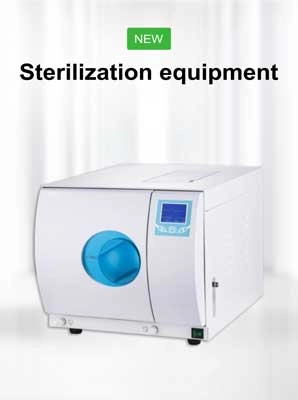Cleaning and Disinfection
Mediwish: Transforming Projects in Cleaning and Disinfection, Dental Disposables, Healthcare Packaging, and Sterilization Monitoring
Mediwish has successfully undertaken numerous projects in various fields, including Cleaning and Disinfection, Dental Disposables, Healthcare Packaging, and Sterilization Monitoring. With our expertise and commitment to excellence, we have consistently delivered exceptional results. Read on to discover some of our notable projects in these areas.
Cleaning and Disinfection Projects Creating Safer and Healthier Environments
Mediwish has been instrumental in executing cleaning and disinfection projects that promote safe and healthy environments. From designing efficient cleaning protocols to implementing advanced disinfection techniques, we have helped organizations achieve optimal cleanliness standards. Our expertise extends to diverse settings, including hospitals, laboratories, offices, and public spaces. Trust Mediwish to elevate your cleaning and disinfection practices and safeguard the well-being of your stakeholders.
Dental Disposables Projects Enhancing Infection Control in Dentistry
In the realm of dental disposables, Mediwish has been at the forefront of delivering innovative and reliable solutions. Our projects have focused on developing and supplying high-quality dental disposables that prioritize infection control. From dental bibs and face masks to gloves and sterilization pouches, our products meet stringent standards and ensure the safety of dental professionals and patients alike. Partner with Mediwish for comprehensive dental disposable projects that elevate infection control in dentistry.
Healthcare Packaging Projects Protecting and Preserving Medical Supplies
Mediwish has undertaken healthcare packaging projects with a commitment to protecting and preserving critical medical supplies. Our expertise in this area includes designing and manufacturing packaging solutions that meet the specific needs of medical devices, pharmaceuticals, and other healthcare products. With a focus on quality, durability, and compliance, Mediwish ensures that healthcare packaging maintains product integrity and extends shelf life. Experience our reliable healthcare packaging projects for enhanced product safety and efficiency.
Sterilization Monitoring Projects Ensuring Effective Sterilization Practices
Sterilization monitoring is paramount in healthcare facilities, and Mediwish has successfully executed projects in this vital area. We provide comprehensive solutions for monitoring and validating sterilization processes, including indicators, test packs, and biological indicators. Our projects have helped healthcare organizations enhance their sterilization practices, ensuring the safety and efficacy of medical equipment and instruments. Trust Mediwish for reliable sterilization monitoring projects that prioritize patient safety and regulatory compliance.
Contact Us for Project Collaborations Let's Make Your Project a Success
Whether you are seeking project collaboration in Cleaning and Disinfection, Dental Disposables, Healthcare Packaging, or Sterilization Monitoring, Mediwish is here to assist you. Contact us today to discuss your project requirements and leverage our expertise, resources, and commitment to excellence. Experience the Mediwish difference and make your project a resounding success.

